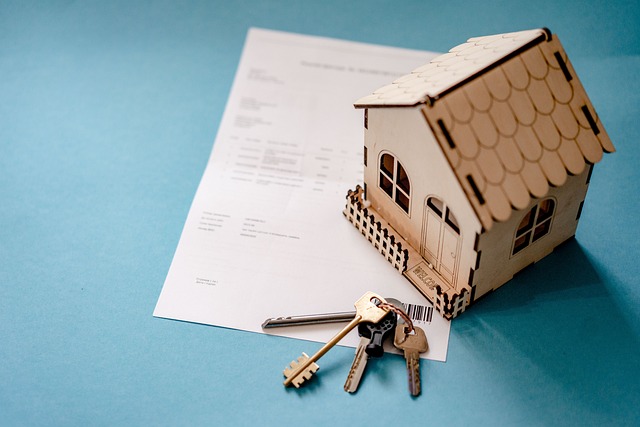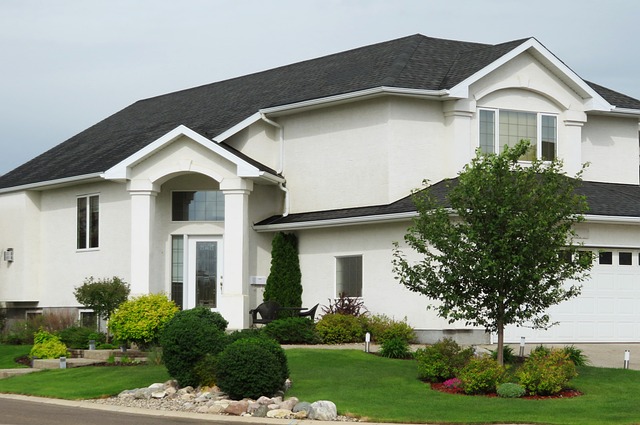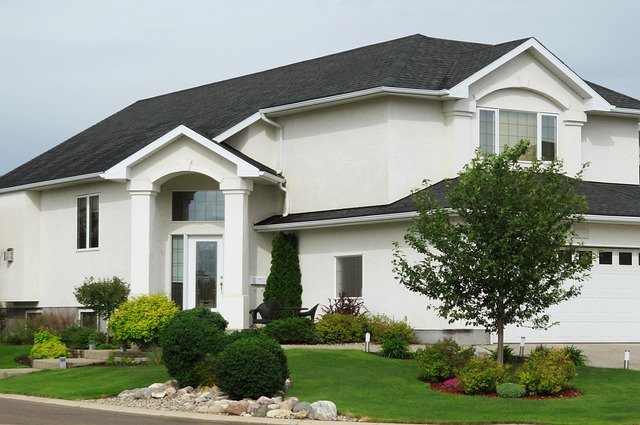After five years, the management of Singapore's Executive Condos (ECs) shifts from developers to the Management Corporation Strata (MCST), comprising residents. This transition includes a change in responsibility for maintenance fees, which become more variable and responsive to real-time operational costs. The collective decision-making within the MCST determines these fees, which are crucial for maintaining shared facilities like lifts, pools, and landscaping. Owners must anticipate potential fee increases due to the natural aging of the EC, necessitating repairs or upgrades to address wear and tear. The Building Maintenance Fund (BMF) set up by developers during the first five years offers transitional financial support. Prospective EC owners should understand this transition to maintain their investment's value and prepare for recurring maintenance costs. Post-five-year ECs face new challenges in maintaining structural integrity, aesthetic quality, and overall functionality, which require strategic financial planning and proactive maintenance management. Understanding the implications of the MOP (Minimum Occupation Period) after five years is essential for owners looking to sell or upgrade their units within the guidelines set by the Current Private Residential policy. In summary, managing an EC post-five years involves careful budgeting, informed decision-making, and a focus on long-term viability and resident satisfaction, all while maintaining the property's value and market desirability.
Owning an Executive Condominium (EC) offers a blend of private and public living, catering to the needs of families and individuals alike. As these properties age beyond the initial five-year mark, understanding the nuances of Executive Condo maintenance fees becomes crucial for sustainable living. This article delves into the intricacies of managing these costs post-5 years, shedding light on factors influencing fee variations, budgeting strategies, and the aging effect on services. By exploring the specifics of EC maintenance across different units and implementing proactive management techniques, homeowners can prepare for and effectively manage the financial responsibilities that come with owning an Executive Condo beyond its fifth anniversary.
- Understanding Executive Condo Maintenance Fees Post-5 Years
- The Role of Maintenance Fees in Maintaining an Executive Condo's Integrity
- Factors Affecting Maintenance Fees for Executive Condos After Five Years
- Budgeting for Long-Term Maintenance: What to Expect with an Executive Condo
- The Impact of Age on Executive Condo Maintenance Fees and Services
- Navigating the Variations in Maintenance Fees Across Different Executive Condos
- Proactive Management Strategies to Manage Post-5 Year Maintenance Costs for Executive Condos
Understanding Executive Condo Maintenance Fees Post-5 Years

When considering the purchase of an Executive Condo (EC), it’s crucial to factor in the maintenance fees that will apply post-5 years, as this mark significant changes in fee responsibilities. Upon reaching the fifth anniversary since completion, the responsibility for the maintenance and upkeep of shared facilities transfers from the developer to the EC residents, who form a Management Corporation Strata (MCST). This transition is not merely a change in duty but also in financial commitment, as fees become more reflective of actual costs incurred.
The maintenance fees post-5 years are determined based on the collective decision-making process within the MCST. These fees are essential for the ongoing maintenance and repair of common property, which includes facilities like lifts, pools, and landscaping. It’s important to note that as the building ages, the costs associated with maintaining these facilities can increase due to wear and tear, repairs, or potential upgrades required to keep the EC in a livable and appealing condition. Owners should anticipate these potential financial obligations and budget accordingly. Additionally, the fees are subject to the provisions of the Building Maintenance Fund (BMF) set aside by the developer during the initial years, which acts as an interim financial support mechanism before the residents take full control. Understanding these dynamics post-5 years is essential for EC owners to ensure that their investment remains sustainable and that they are prepared for the financial implications of maintaining their property in top condition.
The Role of Maintenance Fees in Maintaining an Executive Condo's Integrity

Maintenance fees play a critical role in safeguarding the integrity and longevity of an Executive Condo, particularly as the condo ages beyond the 5-year mark. These fees are a collective investment by residents into the upkeep and enhancement of their living environment. Over time, especially post-Executive Condo (EC) completion at the 5-year threshold, routine maintenance becomes indispensable for addressing wear and tear, ensuring structural soundness, and maintaining aesthetic appeal. The funds allocated through these fees are utilized to cover various operational expenses such as cleaning, landscaping, and common area repairs, as well as more significant overhauls that prevent minor issues from escalating into costly repairs. This proactive approach not only preserves the condo’s value but also contributes to a harmonious living environment for residents by promoting safety, order, and comfort. The efficiency and effectiveness of maintenance management can significantly impact an EC’s long-term viability and the satisfaction of its occupants.
Factors Affecting Maintenance Fees for Executive Condos After Five Years

Executive condominiums (ECs) in Singapore are designed to offer a middle-ground housing option for young couples and multi-generational families. After five years, factors such as the age of the building, the extent of wear and tear, and changes in operational costs can influence the maintenance fees for these units. The initial structure of maintenance fees is often based on estimates that account for common area maintenance, insurance, and sinking fund contributions. However, as the condo ages, the complexity of its needs typically increases. Factors such as the upkeep of facilities, landscaping, and the replacement of aging infrastructure can lead to a rise in maintenance fees. Additionally, fluctuating costs for services like security, cleaning, and waste management, along with statutory boards’ regulations or by-laws changes, can also affect these fees after five years. Property managers must carefully assess and adjust the budget to maintain the ECs to a high standard while managing the financial expectations of its residents. It is crucial for unit owners to be informed about these potential fee changes to prepare financially and understand the rationale behind any adjustments in maintenance costs.
Budgeting for Long-Term Maintenance: What to Expect with an Executive Condo

When purchasing an Executive Condo (EC), it’s crucial to anticipate the long-term maintenance fees that will be incurred, particularly after the five-year mark. Initially, these fees are relatively lower, as the development is still new and requires minimal upkeep. However, as the years pass, especially post the 5-year threshold, ‘Executive Condo After 5 Years’ maintenance fees tend to rise incrementally. This increase is due to natural wear and tear, aging facilities, and the implementation of enhanced services that reflect the evolving needs of residents. Prospective EC owners should factor in a budget for these escalating costs, as they are a mandatory contribution to the collective upkeep of the estate. It’s advisable to review the maintenance fee framework set by the managing agent or the condo’s management council to have a clear understanding of how these fees are calculated and scheduled to rise over time. This foresight will help in making informed financial decisions and ensure that your investment remains sustainable in the long run.
The Impact of Age on Executive Condo Maintenance Fees and Services

Navigating the Variations in Maintenance Fees Across Different Executive Condos

Proactive Management Strategies to Manage Post-5 Year Maintenance Costs for Executive Condos

As Executive Condos age beyond the five-year mark, proactive management strategies become paramount in safeguarding the integrity and value of these properties. Post-5 year maintenance costs for such residences can be significant, necessitating a well-thought-out approach to financial planning and operational oversight. Owners’ corporations or managing agents must anticipate and allocate funds effectively to cover the increased maintenance demands that come with an aging building. Implementing a robust maintenance schedule is crucial, focusing on both preventative and corrective measures. Regular inspections should be conducted to identify potential issues before they escalate into costly repairs. Additionally, setting aside a reserve fund or sinking fund specifically earmarked for these maintenance costs after five years is essential. This financial foresight ensures that the necessary funds are available when required, avoiding unexpected and burdensome expenses for the residents. By engaging in proactive management strategies tailored for Executive Condos after 5 years, property values can be maintained, and the living experience for residents can be preserved at a high standard. This approach not only mitigates financial strain but also contributes to the longevity and desirability of these condominiums within the market.
